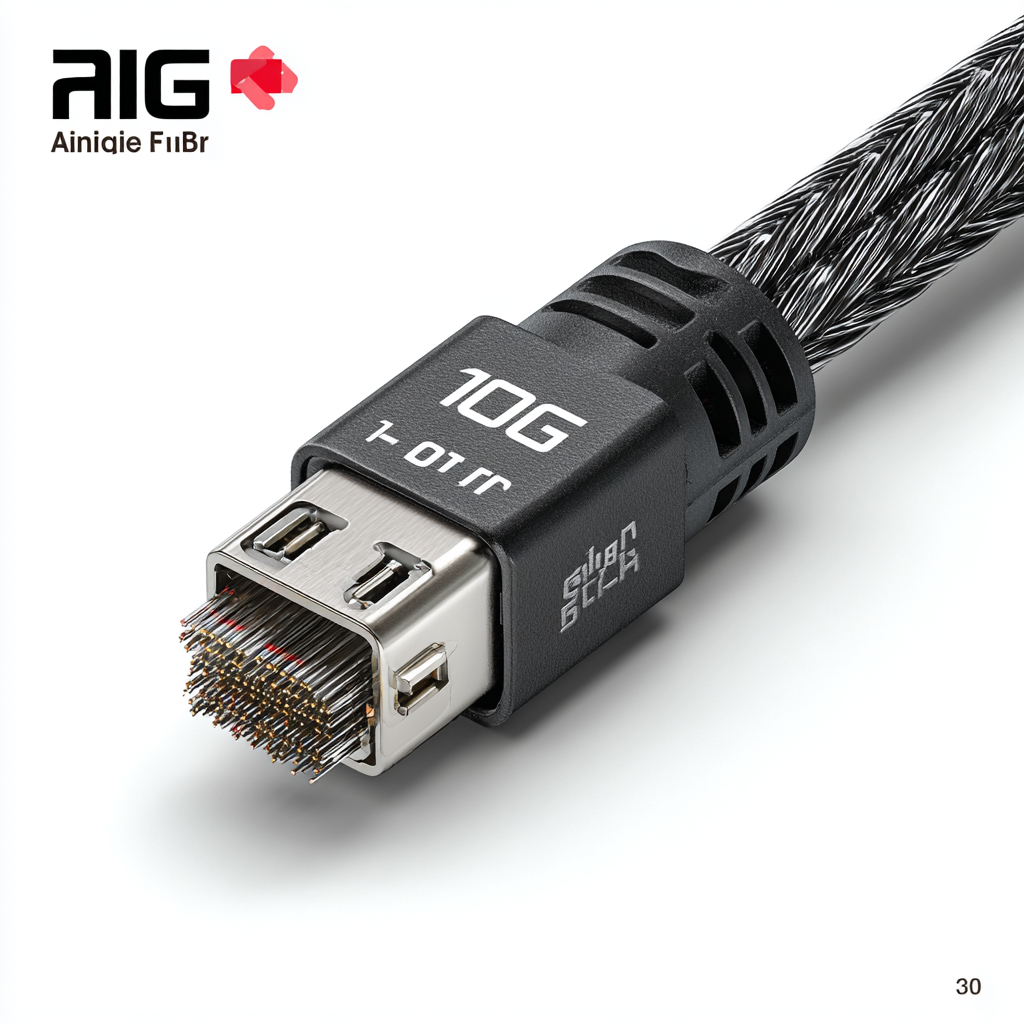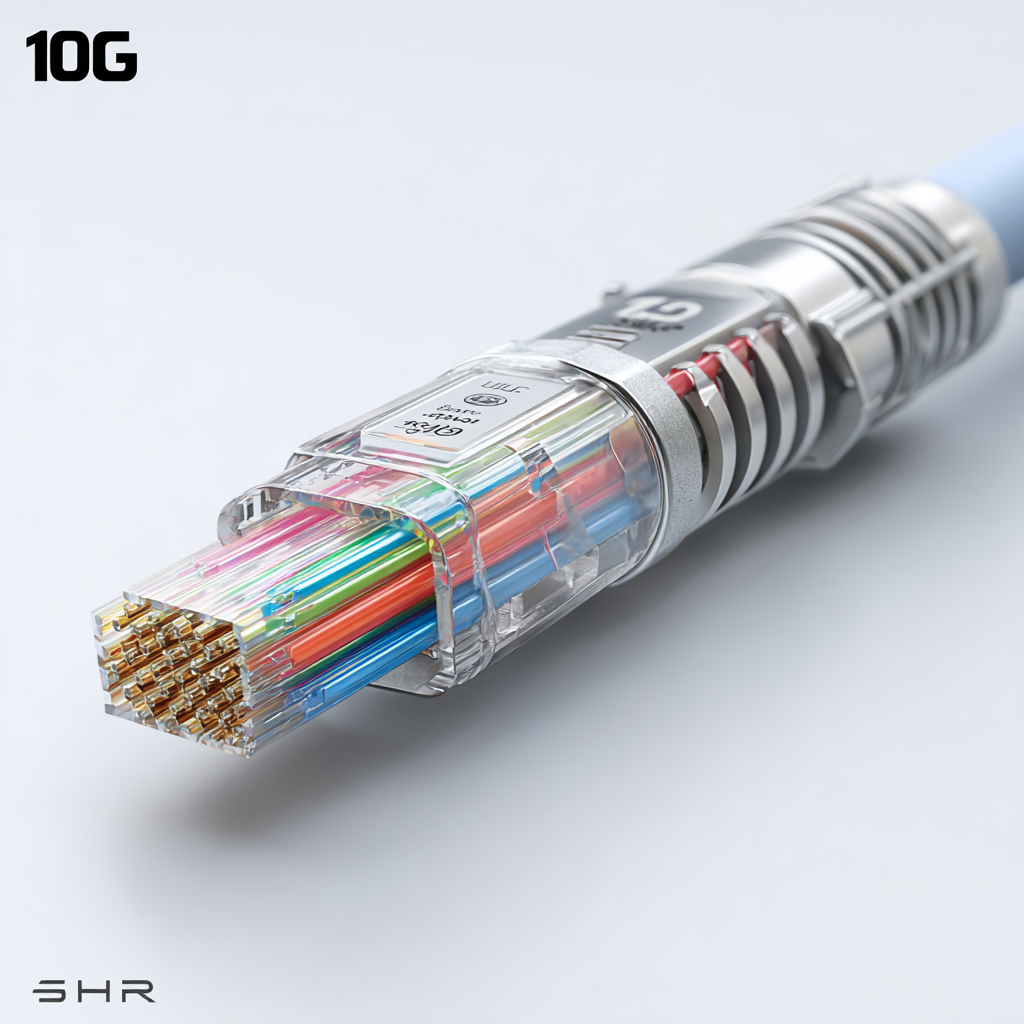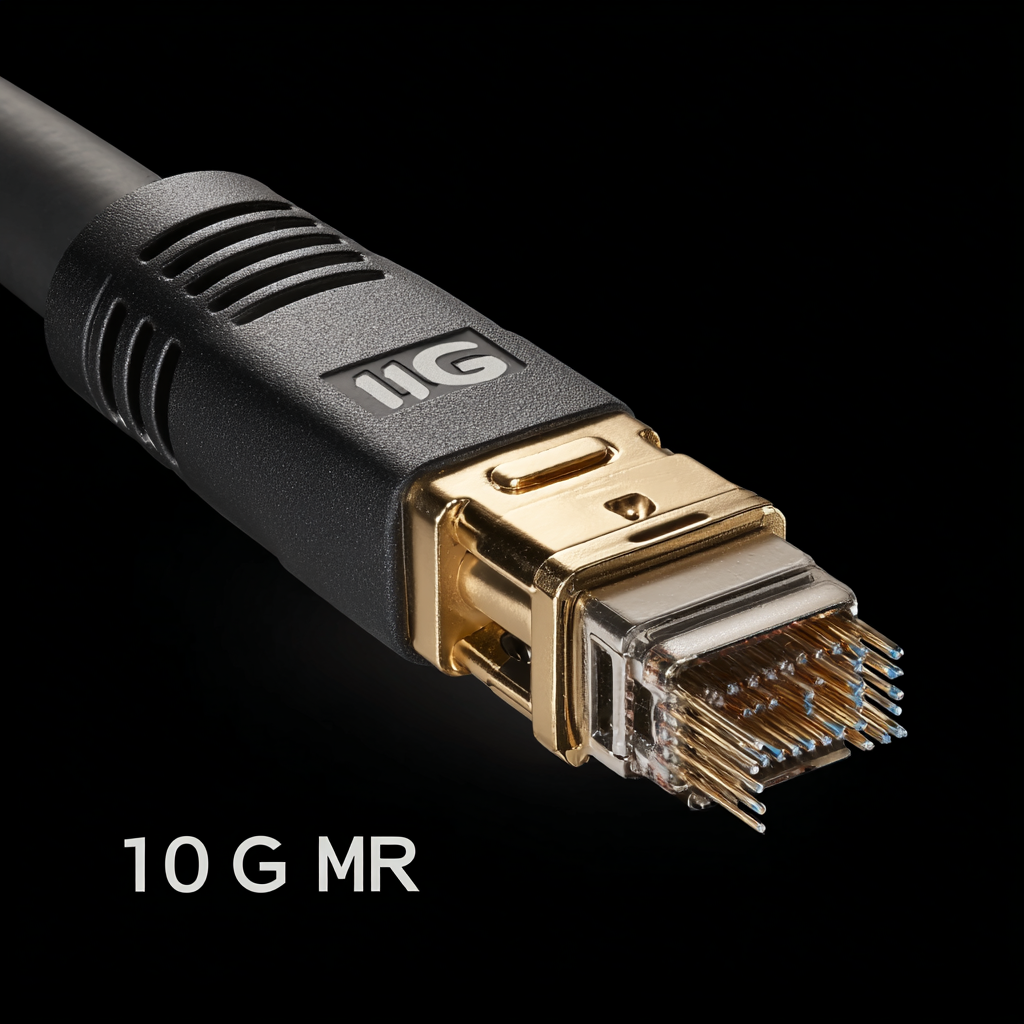Leave Your Message
As the demand for high-speed connectivity continues to surge, particularly in data-intensive applications such as cloud computing and video streaming, the adoption of 10G Single Mode Fiber has emerged as a critical solution for enhancing network performance. According to the latest industry reports, the global fiber optic market is projected to grow at a CAGR of over 10% through 2026, driven by the increasing need for faster data transmission and the proliferation of internet-connected devices. Notably, 10G Single Mode Fiber offers significant advantages in terms of bandwidth and distance, making it an ideal choice for enterprises aiming to future-proof their infrastructure. Furthermore, understanding the nuances of after-sales service and maintenance costs associated with 10G Single Mode Fiber can provide invaluable insights for businesses looking to optimize their investments while ensuring seamless connectivity in an ever-evolving technological landscape.

The evolution of high-speed connectivity has been a driving force behind advancements in communication technology. At the heart of this progress is 10G fiber technology, which represents a significant leap from its predecessors. Unlike traditional options, 10G single-mode fiber offers unparalleled bandwidth and a longer transmission distance, ensuring that data can be transmitted faster and more efficiently over vast networks. This capability is crucial as our reliance on data-intensive applications continues to grow, from streaming services to cloud computing.
As we explore the deeper facets of 10G fiber technology, we find that its design is specifically optimized for high-speed data transfer. This single-mode fiber minimizes signal loss and external interference, providing a stable and consistent connection. With improvements in manufacturing techniques and materials, 10G fiber is becoming more accessible to both businesses and residential users. The shift towards this technology not only meets the demands of current internet usage but also sets the stage for future innovations in connectivity, ensuring that we remain ahead in a world that thrives on instantaneous data exchange.
The advancement of global communication infrastructure heavily relies on the use of single mode fiber (SMF), a cornerstone technology that enables high-speed data transmission over long distances with minimal loss. As the demand for faster and more reliable connectivity surges, innovations in optical transceivers are becoming increasingly vital. The global market for optical transceivers is projected to grow significantly, reaching over USD 39 billion by 2031. This growth is driven by the proliferation of AI technologies, which depend on robust fiber optic networks to support data-intensive applications and services.
Single mode fiber's exceptional performance is particularly critical in applications that require high bandwidth and long-range capabilities. Recent reports indicate that the fiber optics market is expanding rapidly, with single mode and ribbon fiber optic cables leading the way. Deployments across various environments—whether underground, underwater, or aerial—underscore their versatility and essential role in enhancing communication infrastructure. As countries like India embark on innovative initiatives, such as the National Quantum Mission, it further highlights the integration of cutting-edge technologies within the fiber optics industry, paving the path for larger-scale implementations and improved global connectivity.

As the demand for high-speed connectivity continues to escalate, China's leading manufacturers are at the forefront, revolutionizing the market with their cutting-edge single mode fiber solutions. These companies are not only enhancing the performance of optical fiber technologies but also driving innovation that meets the needs of industries ranging from telecommunications to data centers. The commitment of these manufacturers to research and development ensures that they remain leaders in providing optimal 10G solutions, characterized by improved bandwidth and reduced latency.
Moreover, China's robust manufacturing capabilities enable the rapid production and deployment of high-quality fiber optic systems globally. By investing in advanced technologies and sustainable practices, these manufacturers are setting new standards for reliability and efficiency. As they enhance their offerings with features such as greater durability and lower signal loss, the future of high-speed connectivity appears bright, ensuring that both urban and rural areas can benefit from enhanced internet infrastructure. The impact of these advancements is not only significant for China but promises to reshape the global landscape of communication as well.
| Manufacturer | Product Type | Max Bandwidth | Wavelength | Typical Applications | Availability |
|---|---|---|---|---|---|
| Manufacturer A | 10G SMF Cables | 10 Gbps | 1310 nm | Data Centers | In Stock |
| Manufacturer B | 10G Optical Transceivers | 10 Gbps | 1550 nm | Telecom Networks | Pre-Order |
| Manufacturer C | Single Mode Fiber Patch Cords | 10 Gbps | 1310 nm | LAN Connections | Available |
| Manufacturer D | Fiber Optic Connectors | 10 Gbps | 1550 nm | Long-Distance Communication | Limited Stock |
| Manufacturer E | 10G SMF Reel | 10 Gbps | 850 nm | Campus Networks | In Stock |
10G Single Mode Fiber (SMF) is rapidly becoming the preferred choice for high-speed connectivity, due to its numerous advantages over traditional fiber types. One of the most significant benefits of 10G SMF is its ability to support longer transmission distances without signal degradation. Unlike multimode fibers, which are limited in range, single mode fibers can efficiently transmit data over several kilometers while maintaining high bandwidth and low latency. This makes them ideal for data centers, long-distance communication networks, and enterprise applications.
Moreover, 10G SMF has a higher capacity to carry more data simultaneously. This is crucial for businesses experiencing exponential data growth. With the demand for streaming services, cloud computing, and big data analytics, having a robust fiber infrastructure equipped with 10G SMF can dramatically improve performance and user experience.
Tips: When considering the transition to 10G SMF, evaluate your organization's data needs and future growth plans. Investing in the right fiber infrastructure can lead to significant cost savings in the long run. Additionally, ensure proper installation and termination to maximize the benefits of 10G SMF and minimize potential signal loss.
The rise of 10G single-mode fiber technology heralds a new era in global connectivity, particularly as markets increasingly rely on high-speed internet to drive business growth. According to the International Telecommunication Union (ITU), global internet traffic is expected to reach 4.8 zettabytes by 2022, a staggering increase from previous years. Chinese factories have quickly adapted to this surge, providing quality and innovative solutions that meet the demands of this fast-paced environment. Their commitment to precision engineering allows them to produce 10G single-mode fiber that excels not only in speed but also in reliability, significantly reducing latency for end-users.

Moreover, the emphasis on building trust in global markets cannot be overstated. A report from McKinsey & Company revealed that 70% of companies across various industries are now looking to diversify their supply chains to mitigate risks. Chinese manufacturers have positioned themselves as key players by showcasing their ability to deliver high-quality products while adhering to stringent international standards. By investing in cutting-edge technologies and maintaining rigorous quality control, these factories cultivate a reputation for excellence that is crucial for enterprises seeking dependable partnerships in their connectivity solutions, ultimately shaping the future landscape of global communications.
